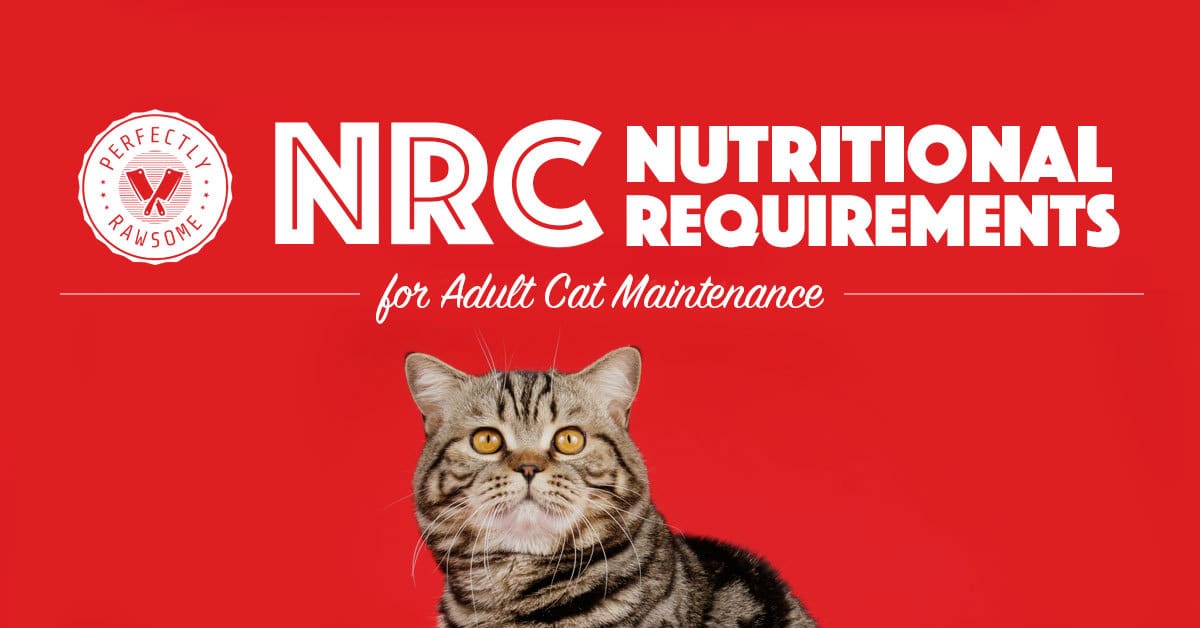Cornell Feline Health Center
by Admin
Posted on 14-07-2023 10:41 PM

By jonathan bender
it may not always feel like it, but your cat heavily relies on you. They mirror your emotional energy, they feel secure in your presence, and, of course, they need you to feed them. Choosing from the hundreds of
cat food
options on the market today, including wet versus dry , raw versus cooked and store-bought versus subscription or locally sourced, can be overwhelming — and that's especially true when considering that not every option is nutritionally balanced.
 According to bruce kornreich, dvm, phd, dacvim and director of the cornell feline health center , cats have very specific dietary needs – namely, that they must have a meat-based diet to survive.
According to bruce kornreich, dvm, phd, dacvim and director of the cornell feline health center , cats have very specific dietary needs – namely, that they must have a meat-based diet to survive.
The feline nutrition center (fnc) (previously feline nutrition awareness effort, fnae. Org) was founded to educate pet caretakers about the unequivocal science backing a high-protein, moderate-fat, low-carbohydrate, grain-free canned or raw food species-appropriate diet for our carnivorous domestic cats. Evidence that a wet, high-meat-protein diet plays a critical role in the overall well-being and health of obligate carnivores, such as cats (both big and small), is now coming to the forefront of veterinary science and into our kitchens. Many feline diseases such as diabetes, obesity, urinary tract disorders, chronic renal disease, and irritable bowel syndrome can be directly attributed to low moisture, low-protein, and high-carbohydrate levels that plague today’s commercially prepared dry cat foods.
Linda p. Case coordinates the undergraduate companion animal program and teaches companion animal science in the department of animal sciences at the university of illinois, is a consultant for the aims company, and owns autumngold dog training center in mahomet, illinois. Case is also the author of the dog: its behavior, nutrition and health (199), and canine and feline nutrition: a resource of companion animal professionals (2000).
In this section :
Protein, especially animal protein, is expensive. Some cat food manufacturers keep costs low by including only the minimum amount of protein that cats require to survive, not more to help them thrive. A cat food’s crude protein level should be included in the guaranteed analysis section on the label. Crude protein is an estimate of a diet’s protein level that is determined by measuring the amount of nitrogen present.
 By looking at crude protein levels, you can compare how much protein different cat foods contain. However, you’ll need to do some calculations to compare a dry food to a wet food.
By looking at crude protein levels, you can compare how much protein different cat foods contain. However, you’ll need to do some calculations to compare a dry food to a wet food.
For more details regarding pet food ingredient labels, see commercial foods. Note: if you are tempted to write to me to ask what food you should feed to your cat, understand that specific advice cannot be provided via email. If someone wants to discuss the information contained on this site in more detail, an appointment for a phone consultation needs to be set up. ~~~~~~~~~~~~~~~~~~~~~~~~~~~~~~~~~~~~ before you get too confused and frustrated when reading this section, i will say at the outset: i would much rather see a cat eat any canned food versus any dry food – regardless of quality level of the canned or dry food.
Supporting Cat Health with Information and Health Studies.
Cats are strict carnivores and in the wild rely on a diet solely based on animal tissues to meet their specific and unique nutritional requirements. Although the feeding ecology of cats in the wild has been well documented in the literature, there is no information on the precise nutrient profile to which the cat's metabolism has adapted. The present study aimed to derive the dietary nutrient profile of free-living cats. Studies reporting the feeding habits of cats in the wild were reviewed and data on the nutrient composition of the consumed prey items obtained from the literature. Fifty-five studies reported feeding strategy data of cats in the wild.